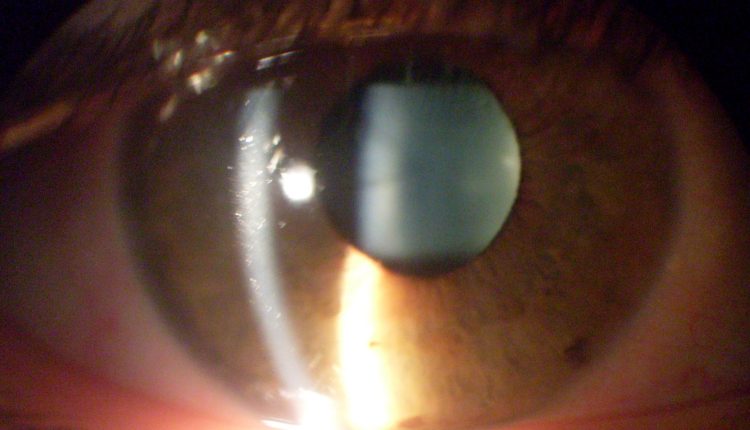
Dry eyes in winter: what causes dry eye in this season?
Dry eye syndrome is particularly common in winter. Basically, it is an alteration in the balance that regulates the secretion of the tear film, resulting in a poor distribution of the quantity and quality of tears
In winter, certain conditions can worsen the correct lubrication of the eyes, which risk drying out: think of cold wind or excessively hot air conditioning.
Dry eye syndrome: symptoms and possible causes
In winter, and in general with the onset of cold weather, the biting wind and hot air conditioning can cause the syndrome, which can manifest itself in the form of hypolacrimia, i.e. poor tear production, but also dyslacrimia, i.e. excessive tear evaporation.
It is the physiological production of tears that keeps the eye moist: this can increase in response to particular stimuli or when the ocular surface comes into contact with a foreign body.
The syndrome is also a side effect of some autoimmune diseases, such as Sjogren’s syndrome.
The most common symptoms of dry eye syndrome include:
- photophobia;
- eye redness;
- sensation of having a foreign body in the eye;
- ocular burning;
- altered lacrimation;
- visual clouding;
- difficulty in opening the eyelids when waking up (due to dryness of the eye that develops very markedly during the night).
Dry eye syndrome: external conditions
There are also a number of external conditions that play a role in the onset of dry eye.
These include
- smog
- cigarette smoke;
- excessive exposure to excessively hot air conditioning;
- excessive use of radiators in closed, non-dehumidified places;
- excessive daily use of electronic devices.
Dry eye syndrome: a few precautions
Dry eye syndrome can be prevented, or at least alleviated, by taking a few simple steps on a daily basis.
For example, you could wear goggles to protect yourself from the wind, limit, when possible, the time you use different devices, and avoid smoking, whether active or passive.
At home, you can avoid setting the air conditioner to too high a temperature, and make sure you dehumidify the room well to make the air drier.
In fact, lowering humidity in winter leads to faster evaporation of tears, and consequently an easier onset of dry eye syndrome.
Drinking plenty of water, eating a healthy diet and blinking more often are all ways to keep hydrated.
Finally, dry eye syndrome can be related to conditions such as blepharitis and conjunctivitis, so an eye doctor should be consulted if discomfort persists.
Read Also:
Emergency Live Even More…Live: Download The New Free App Of Your Newspaper For IOS And Android
Autoimmune Diseases: The Sand In The Eyes Of Sjögren’s Syndrome
Corneal Abrasions And Foreign Bodies In The Eye: What To Do? Diagnosis And Treatment
Covid, A ‘Mask’ For The Eyes Thanks To Ozone Gel: An Ophthalmic Gel Under Study



